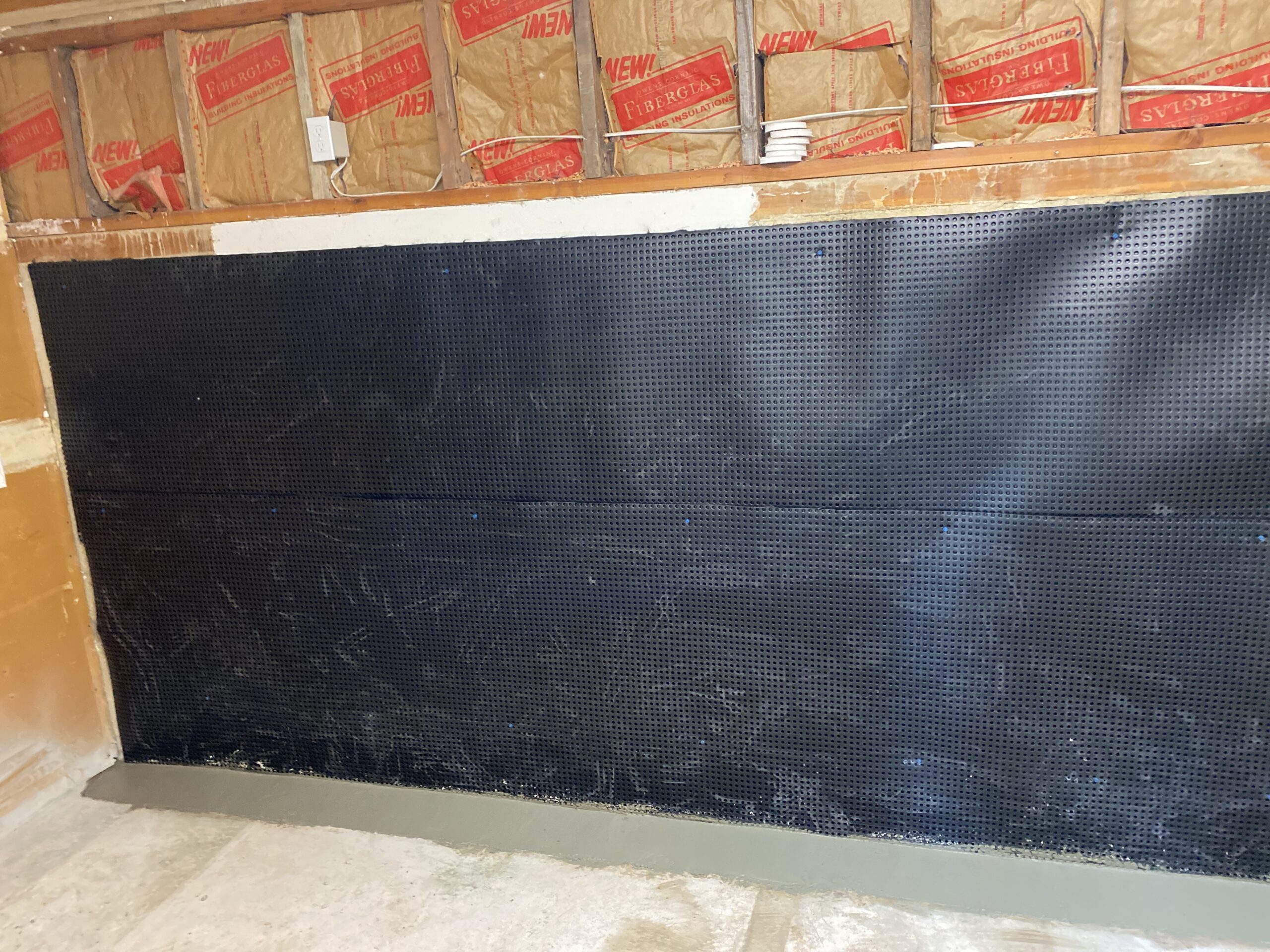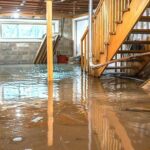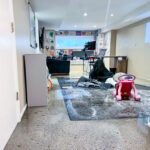Causes and Risks of Water in Your Cold Joints


Signs of Water in Your Cold Joints
Recognizing the signs of dampness, seepage, and leaks in your basement, particularly in the cove, is crucial. Identifying moisture in the basement is similar to spotting it elsewhere in your home. Look for these indications:
- A musty odor
- Standing water
- Discoloration and stains on the floor and lower walls
- Visible mold growth
- Accumulation of small, crystal-like formations along the base of the wall
If you notice any of these signs, it's important to contact a Wet Basement Services waterproofing expert promptly for an assessment and necessary repairs.
Potential Causes of Water in the Cold Joints
Removing Water from the Cold Joints
Once the standing water has been cleared, identifying the source becomes more manageable. Many factors can contribute to water entering your basement. The amount of standing water and the rate at which it refills (if it does) can provide valuable clues. For instance, a burst pipe is obvious, while crystalline deposits on the walls may indicate a more subtle problem.
Determining the source is often the most challenging and time-consuming aspect of the process. Multiple issues may exist, especially if water is accumulating in various areas of your cold joint. Therefore, this task should ideally be handled by a Wet Basement Services waterproofing professional.
The necessary repairs depend on the cause of the water intrusion and the duration of the moisture problem. For example, if a cracked pipe is leaking, a straightforward replacement may suffice. However, if the leak has persisted for months, you may also find damage to the walls and floorboards in the areas between the leak and the basement.
After identifying and fixing the source, professionals typically recommend waterproofing your basement to prevent future issues. While it may seem unnecessary or costly, this proactive measure is one of the most effective ways to avoid mold, mildew, and dampness reappearing in your basement.
Consult the Experts for Basement Care
Dealing with water seepage, leaks, or flooding in your basement is a serious issue that often requires substantial time and financial investment to resolve. While it may be tempting to tackle the problem yourself, attempting a DIY fix can lead to further complications and allow the issue to worsen. Enlisting the help of a Wet Basement Services waterproofing expert can save you considerable hassle and expense in the long run.
After all, it’s not effective to simply mask an ongoing problem with a temporary solution. Our services range from basement waterproofing to sump pump repairs and interior drain installations, and we can accommodate properties of any size. No problem is too big or too small for us to handle.




